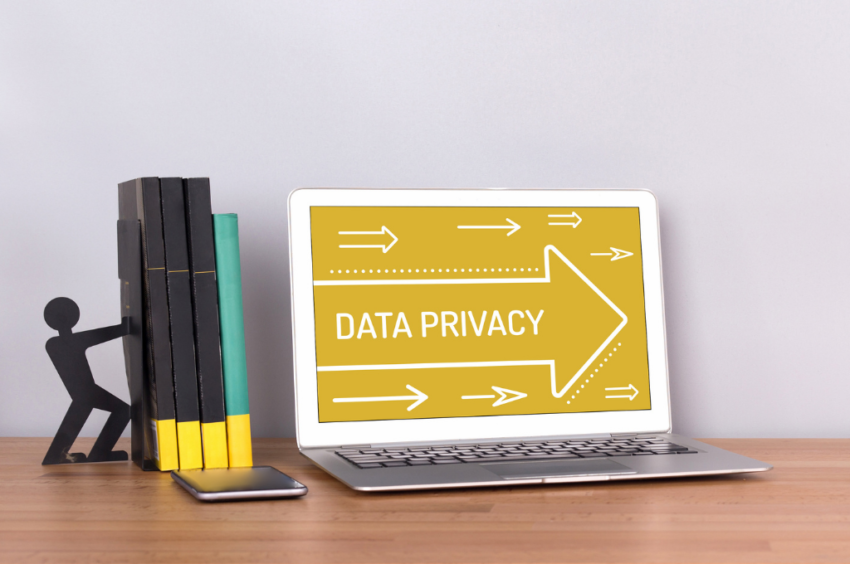With hacks and security breaches happening around the world, privacy protection concerns and its respective laws are needed to be more securely tied. Hence, come into play laws such as Europe’s General Data Protection Regulation (GDPR) & upcoming California’s digital privacy law, i.e, the California Consumer Privacy Act. From time to time, it reminds us to be more careful and attentive about data privacy, safeguarding data and enabling trust.
Data Privacy Practices in Everyday Work Life
Without waiting for further ado, let’s dig deep into the data privacy practices in our everyday work life to save oneself from loads of trouble. Read more to find out best practices to share within the company and with colleagues to keep them updated about the data privacy.
The Best Data Privacy Practices in Everyday Work Life
Lookout For PII:
We all know how crucial is PII (Personal Identifiable Information) and the repercussions of losing it when falls in the wrong hands. Data privacy primarily deals with the use and governance of PII. As suggested, PII not only includes personal information but also can combine with other information to establish and identify a person as a seller, buyer, contractor, vendor, client or even a fellow employee or colleague.
It is best to look out for and be alert whenever you come across PII to contribute to protecting privacy. Disclosing the information by mistake by far remains the most common way for an organization to fail its privacy obligations. Stop for a while when you see the below information:
- Addresses
- Phone numbers
- E-mail addresses
- Account user ID’s
- Account numbers
- IP addresses
- Date of birth
- Government ID numbers
Don’t Need It, Don’t Collect It:
Companies, Institutions or Organizations need to collect PII for various purposes via forms, survey or any other means – but a good all time saver would be to remember that if you do not need it then you should not collect it. The underlying meaning of this is that we only collect the information that we need to fulfill task requirements.
Handle With Care:
Once you get hold of the required PII, use it only for the specific purpose of the business. Make sure to take the necessary step in storing and sharing of the information with the concerned person. Include only those members in sharing PII with a ‘need to know basis’. You can also limit the permission to systems only for those who require to complete the task or work as a part of their job or duty.
Erase Once Done:
Check to see if the said PII is no longer needed by the business or by any of its aspects for any other business operation. If found that it is no longer needed to be retained ever, then is advised to safely dispose of it.
Think And Act:
When it comes to handling PII, the best and safest bet to play is by knowing and gathering necessary knowledge about it. Check whether you followed proper guidelines laid down by the company to ensure the proper handling of PII. If necessary, you can go through the Organization’s Privacy Policy to understand how it collects and uses PII. With regards to your job role duties and responsibilities, it is utmost necessary for one to be up to date with the internal privacy policies, processes, and training to ensure that you adhere to it.
The Solution:
From the above, it becomes clear that, it doesn’t matter if you are a startup entrepreneur or a midsize company or a large organization, you are always standing at a risk of a potential breach in the data privacy policy. Hence, you need a promising document exchange system in place that integrates well with your business processes.
With constant evolving technology, document transmission has shifted from conventional, unsecured and tedious form to be able to send and receive faxes online. What’s more is sending over faxes online can be more secure than the traditional way because there are HIPAA-compliant service providers.
iFax offers full featured and cutting-edge secured online fax platform which caters to all of your faxing needs either large or small. The iFax app is available on 5 major platforms i.e, iOS, MacOS, Android, Windows and WebApp. It’s presence spanned across 17 countries and already comes equipped with a state-of-the-art integrated document scanner. Additionally, it features fax image editing with automated fax image optimization. With annotate PDFs, fill forms, and adding a digital signature – iFax comes as a clear winner when it comes to the pool of companies offering online fax services.







